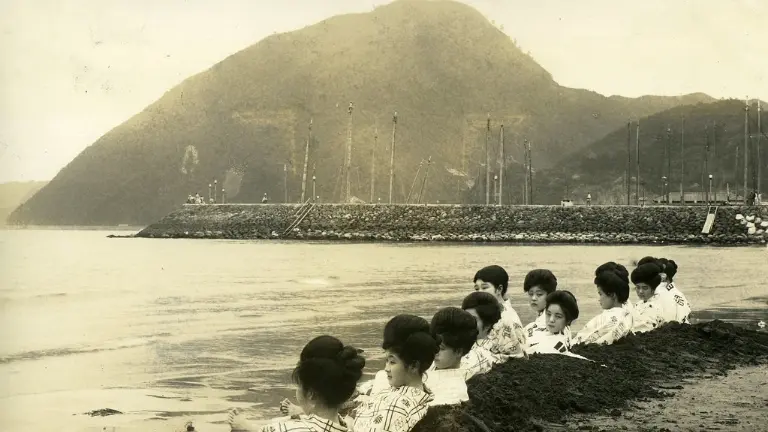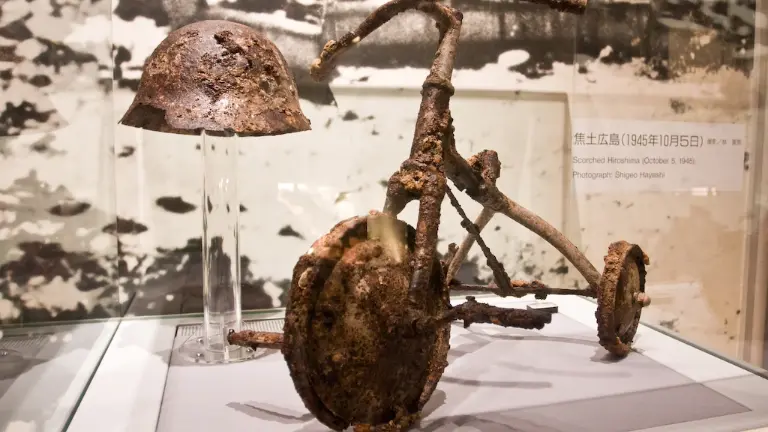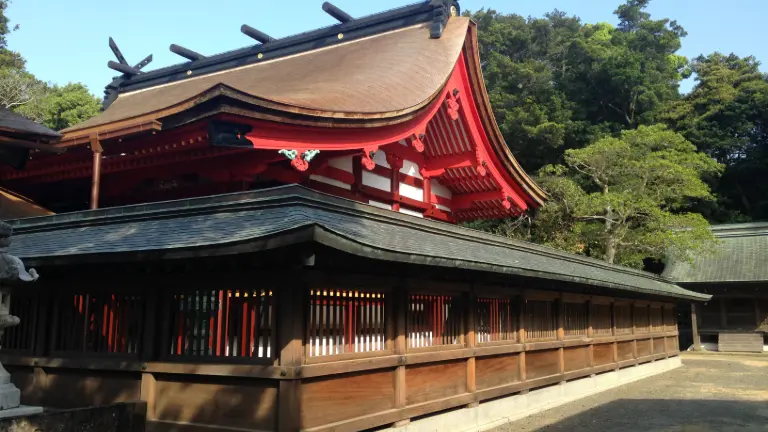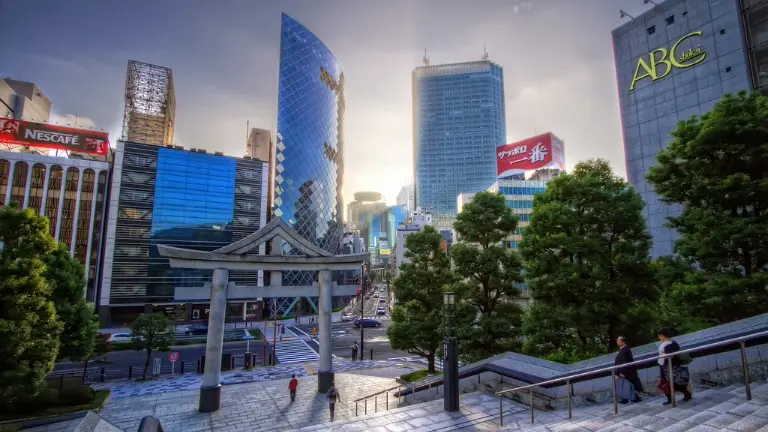Okinoshima: Unveiling the Sacred Island Where Women Are Forbidden
Imagine a lone priest, bracing against the salty wind, preparing for a ritual on a remote island. No one else around. Okinoshima, a small island off the coast of Japan, holds secrets and ancient traditions. UNESCO recognizes it, but it is strange. Women cannot go there. This article explores the history, religious importance, and mystery behind this forbidden island.
Echoes of the Past: History and Discovery
Okinoshima’s story stretches back centuries. Once, sailors used it for rituals for maritime safety. Now it stands as a testament to a unique past.
Offerings to the Unknown: Rituals and Relics
Archaeologists found amazing things here! Thousands of votive offerings lie on the island. Mirrors, beads, and more were discovered. These offerings show the island’s past is tied to rituals for safe sea travel and good fortune. The rituals hoped to bring calm seas and prosperous voyages. Learn more about Shinto purity customs from this detailed guide by Tofugu
💡 Did You Know?
Over 80,000 artifacts have been discovered on Okinoshima—including mirrors, swords, and beads. These are considered National Treasures of Japan.
The Shrine Beyond Time: Okinoshima and Shinto Belief
The island’s religious practices changed over time. They developed into a Shinto shrine called Okitsu-gu. It’s dedicated to a female deity. The Munakata Taisha Grand Shrine plays a big part here. It connects closely with Okinoshima and its sacred rituals. Explore the museum’s collection here: Munakata Taisha Official Site
Forbidden Ground: The Mystery of the Women’s Ban
Why can’t women visit Okinoshima? That is the central question. The ban creates a mysterious aura.
Theories and Interpretations
Many explanations exist. Shinto beliefs about menstruation might explain the ban. Some consider it an impurity. Other theories relate to the dangers of seafaring and protecting sacred spaces. These ideas aim to keep the island undisturbed.

Counterarguments and Criticisms
Many explanations exist. Shinto beliefs about menstruation might explain the ban. Some consider it an impurity. Other theories relate to the dangers of seafaring and protecting sacred spaces. These ideas aim to keep the island undisturbed.
💡 Did You Know?
Despite its religious focus on a female deity, no women are allowed to step foot on Okinoshima. The contradiction sparks global debate to this day.
Sacred Steps: Rituals of Purification
Men who visit must do special purification rituals. They must prepare their bodies and minds.
The Purification Ritual
Before stepping onto the island, visitors have a ritual. They must bathe naked in the ocean. This washes away impurities. It makes them ready for the sacred ground. It’s a serious and spiritual act.

The One Rule: Speak Not of What You See
Visitors can never share details from the island. This rule keeps the mystery and sanctity intact. What happens on Okinoshima, stays on Okinoshima. It adds to the island’s allure.
A Global Treasure: UNESCO Recognition
UNESCO recognized Okinoshima for a reason. It is globally significant! Its history needs protection.
A world heritage rooted in devotion and discipline
The island displays ancient religious traditions. It is a unique example of cultural heritage. It shows how people connected with the sea. It deserves worldwide recognition.

Conservation Efforts and Challenges
Protecting Okinoshima is hard work. Erosion and pollution threaten the island. They balance preservation with limited access. Too many people could ruin it.
The Road Ahead: Rethinking Access
What will happen to Okinoshima? The debate continues about the women’s ban.
Should women walk the shores of Okinoshima someday?
Arguments exist for and against lifting the ban. Traditional beliefs clash with modern ideas. Can they find middle ground? Maybe women could visit certain areas, or at certain times.
Finding balance between inclusivity and tradition
It’s important to respect the island’s history. We must also think about inclusivity. How can we teach people about Okinoshima’s heritage? Education is crucial.

Conclusion
Okinoshima remains a place of mystery. It has great history and religious importance. The women’s ban and UNESCO status add to its story. The island pushes us to balance tradition with modern values. It is a cultural treasure that needs our respect. If you enjoyed reading about Okinoshima, you’ll love these The Centralia Fire: America’s Eternal Flame







